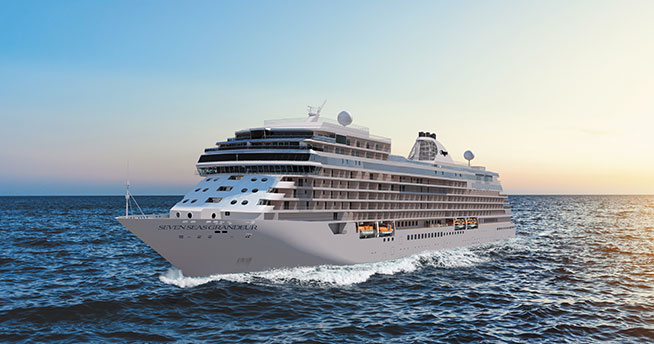Travel agencies in Botswana are the local travel professionals who possess the best knowledge of the country and its tourist segment: visa regulations, hotel booking, flights and connections, best places to visit and see.
Botswana is one of the most exciting countries in Africa, known for its diamonds, wildlife, contrasting landscapes, culture, ethnic tribes living in the country, and the traditions of making delicious meat. It is the country, where the famous Okavango Delta is located, where the BBC studio constantly shoot their films about the wild dunes of the Kalahari Desert, where there is a great number of other attractions.
Botswana is no ordinary place. Here the travelers get a rare opportunity to see Africa the way it was before the arrival of the Europeans. The density of the population in Botswana is one of the lowest in the world. Wild animals are still masters of the ‘green desert’ of Kalahari, where the Okavango River gets lost, scattering with thousands of channels. While disappearing in the sand, the Okavango River forms 15 thousand square kilometers of continuous labyrinth of lagoons, channels and islands in the north-western part of the country. This is the largest inland delta in the world, teeming with wildlife. The most remarkable of them are birds, elephants, zebras, wild buffaloes, giraffes, hippopotami, and kudu.
The best way to see the Delta is a journey in a special ‘mokoro’ canoe with an experienced guide. Many tourists also join the safari on foot or by jeep. In these places, one can find many camps and lodges, designed specifically to serve tourists and offering sufficiently good conditions for living.
Kalahari, which occupies a larger part of Botswana, is not a desert in the usual sense of the word. From July to September, there are heavy rains, filling the rivers and lakes with water. Lots of sand interspersed with thickets of tall grass and shrubs, towering baobabs and acacias dominate the landscape. In some places, one can come across the groves of an unusual Merula tree. Its sweet fruits ripen once in three or four years, when the summer is especially hot. The juice begins to ferment and ripened fruits are like a vessel of wine. These fruits are especially loved by elephants. The local national parks and reserves – Imebok, Chobe, Ntskay Pan – are virtually excellent, though they do not have any recreation infrastructure. The unique world of wildlife makes Botswana a truly attractive place for ecological tourism.
Tsodilo Hills and Gchvihaba Caves belong to the list of unique natural attractions of the country. These places are filled with myths, legends and have great spiritual significance for the local ethnic groups. The system of caves is noted for the numerous stalactites and stalagmites, some of which reach a height of 10 meters. For almost a century, a lot of groups of speleologists, tourists and treasure hunters have been looking for buried treasures, which are believed to have been hidden by the descendants of European colonizers. Much of the route through the caves is a fairly easy walk through the large rooms and picturesque walkways with lots of tempting trap doors and tunnels, but there are some particularly scary and dangerous places, which snap into underground precipices and threaten with rock falls.
Gaborone, the capital of the country, is not the place, where you would like to stay for a longer period of time. The distances between the sights of the capital are huge, and there are no great architectural attractions. The city does not seem to have anything of value. One gets bothered by the heavy traffic and disorderly streets, there are no sidewalks, and the city is a mess of suburbs and skyscrapers. The main attractions include the National Museum, which offers a vast collection of historical artefacts and stuffed animals, the Ethnographic Museum and the National Gallery of Art.





More Stories
Bahamas Family Holiday – Can You Consider a Holiday vacation to the Bahamas Devoid of Paying out a Fortune?
Zambia – A Place For a Beautiful and Wild Honeymoon
7 Tips to Gain Peace of Mind on Your Travelling